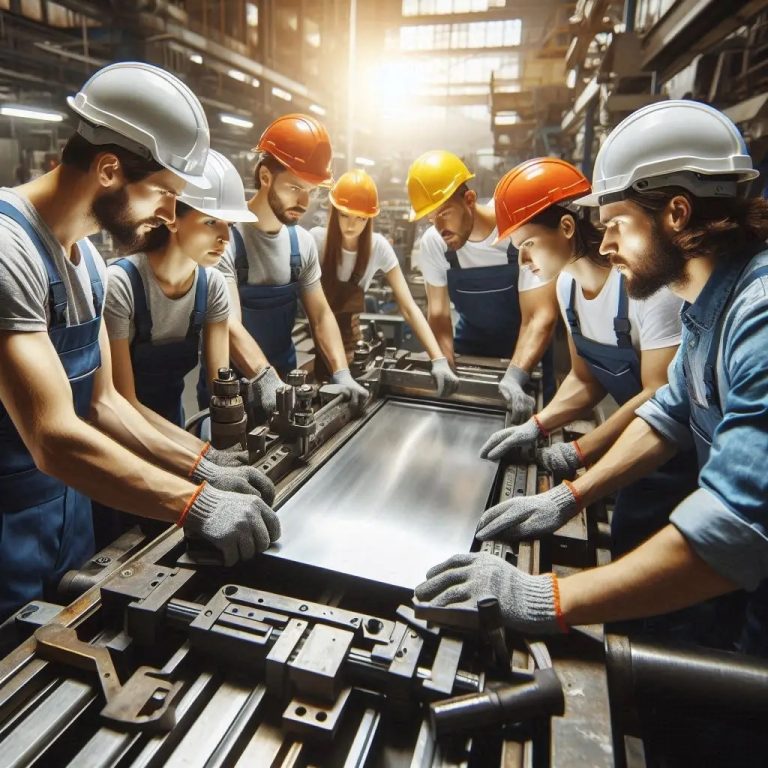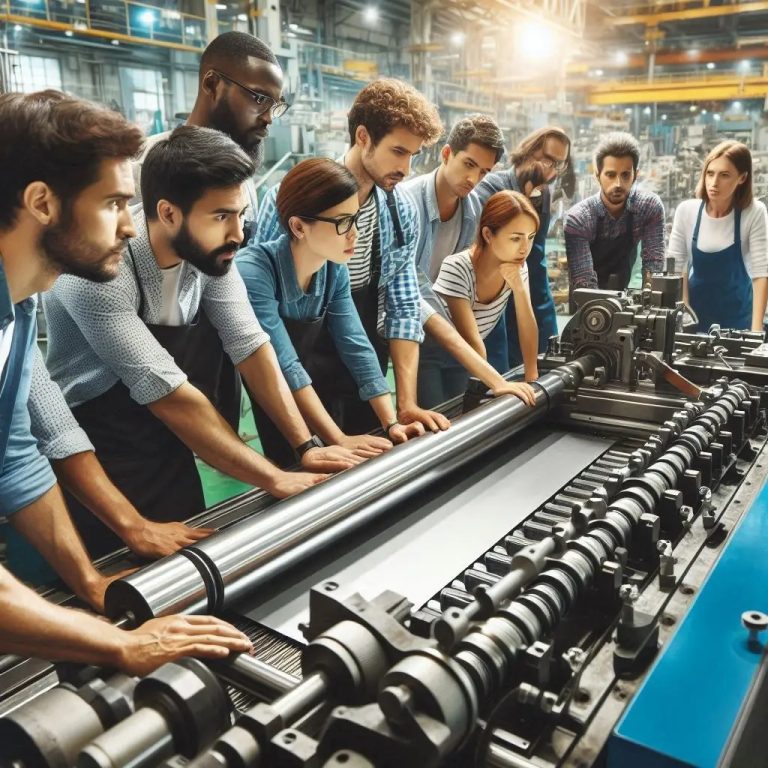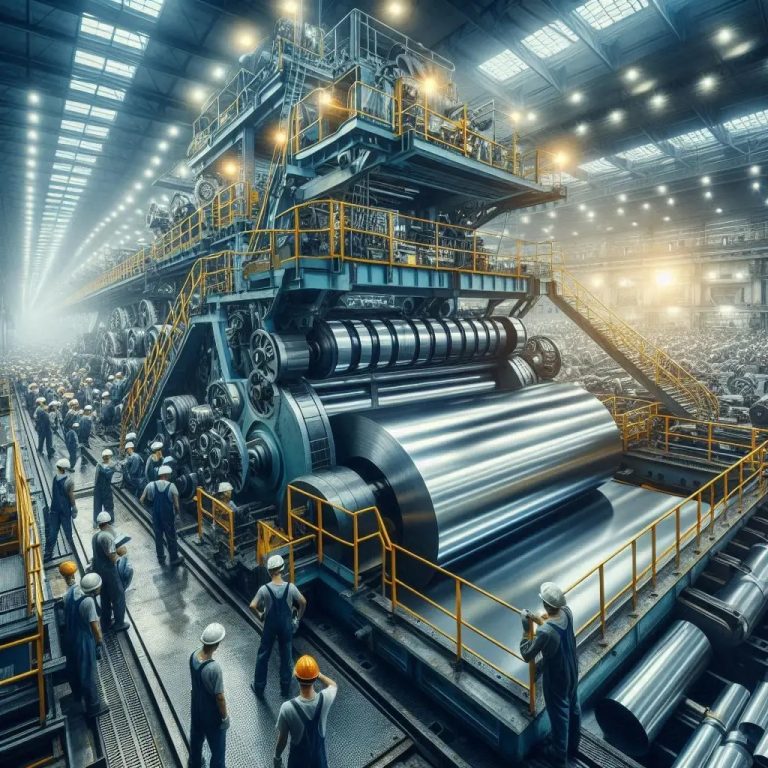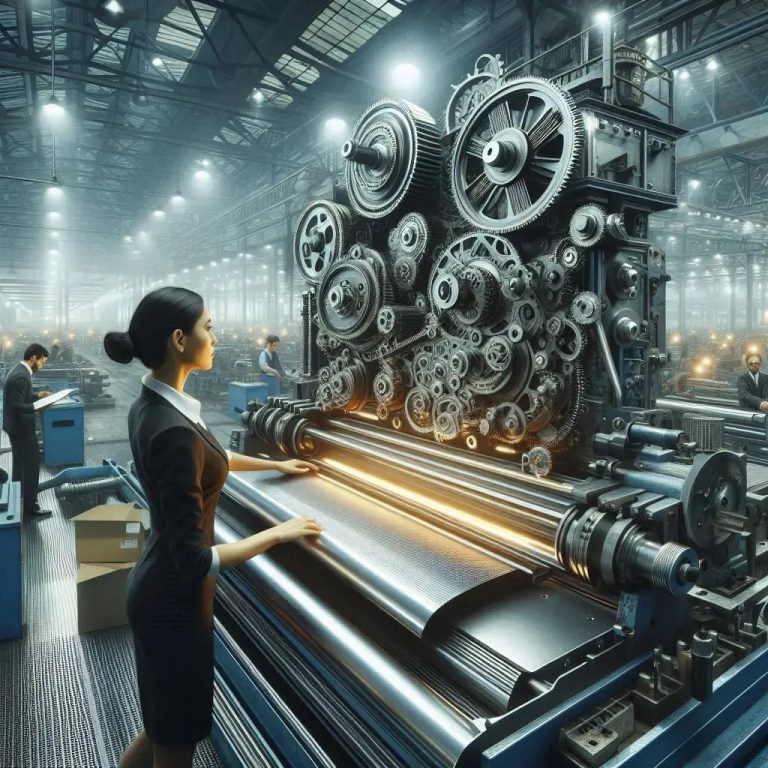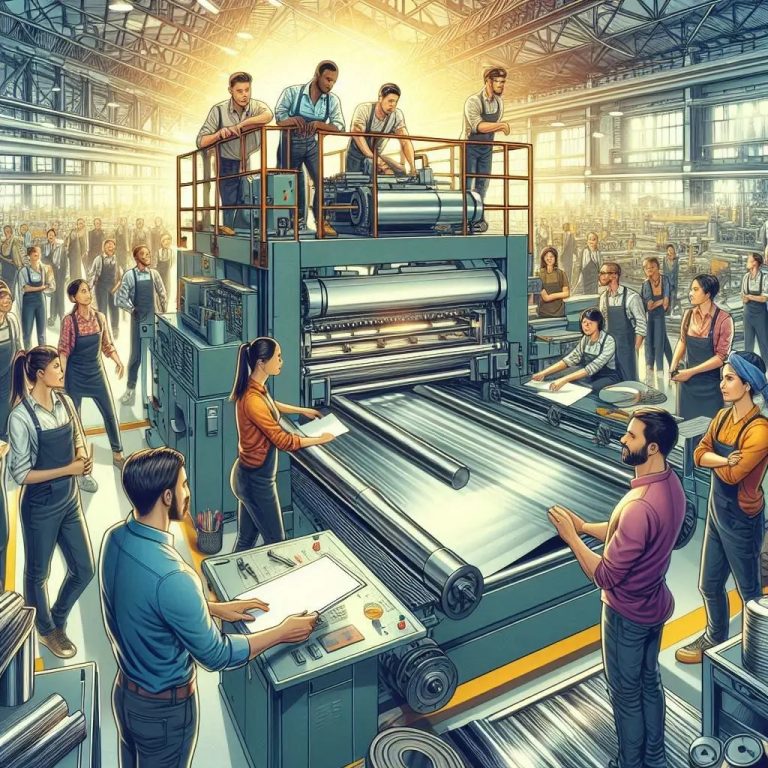Before investing in a hydraulic plate bending machine, understand the key features that affect performance, accuracy, and longevity. This guide helps you make an informed decision for your metal fabrication needs.
The hydraulic plate bending machine is a key instrument in producing metal in the fabrication and manufacturing industry for bending and forming steel plates into various necessary shapes with accuracy, strength, and duplication. The products they produce include pressure vessels and tanks to structural components and wind towers. However, you are going to need to evaluate investment regarding this carefully first. By discussing the general considerations you should think about when buying a hydraulic plate bending machine, you should be able to make an intelligent decision about maximum sturdiness and use.
1. Machine Capacity and Bending Range
The initial and most important point to consider is the machine’s bending capacity. This will determine the maximum thickness and maximum width of the metal plate that can be bent under the equipment’s capacity. It is important to select a model that meets your general production requirements and also offers scope for growth. You will also need to be able to work with the types of material that you most commonly work with, whether that be mild steel, stainless steel, or aluminum, and save your machine’s precision and power to process the material.
2. Type of Hydraulic System
A Hydraulic plate bending machine is designed with either a single-cylinder or multi-cylinder system, depending on the machine’s design and capacity. Multi-cylinder systems provide consistent uniform pressure and more precise bending accuracy than single cylinder machines, especially on thicker plates. Furthermore, an evaluation of the quality of the hydraulic components should be conducted. The hydraulic components consist of the pumps, seals, and valves of the system, which aim to maximize performance and minimize maintenance downtime statuses in which machine stops for repairs.
3. Control System and Automation
Contemporary hydraulic plate bending machines typically come with CNC or NC controls for increased automation and precision. A CNC controlled machine will allow the operator to pre-program a complex bending operation; repetitive bends can easily be done with high accuracy and deadlines can be met more comfortably. Small and medium machinists can look into semi-automated systems for an economical first solution. A particular control system can provide noticeably more productivity and decreased chance for operator error in the bending operation.
4. Roll Configuration and Material
The construction of the rolls (which is generally either a three-roll or a four-roll configuration) is significant for operation of the machine. The four-roll machine allows for improved control, reduces pre-bending times, and maintains a more precise bend. It is better to select a four-roll machine for heavy-duty applications. Additionally, the rolls should consist of hardened alloy steel or a comparable material, allowing them to refuse continuous loads and continue through wear for a longer life.
5. Safety and Comfort for the Operator
When evaluating any sort of industrial machine, safety is always an important aspect. When choosing hydraulic plate bending machines, select the machines that have emergency stop buttons, overload protection, safety guards, and anti-slip features attached to the machine. In addition, ergonomic controls and machines that have digital displays are preferable to make the machine operator more comfortable and efficient by enhancing the smooth and safe operation of the machine and thereby improving safety, yet still enabling the machine to be used in high-production environments.
6. Build Quality and Structural Design
It would be wise to determine if they have a crew that can give you after-sale support, especially setup/installation, training, periodic maintenance, and how to best get spare parts in a timely manner. You would want to be assured that periodic maintenance will happen to give you the maximum efficiency and productivity from the Hydraulic Plate Bending Machine. Many manufacturers also provide after sales support and maintenance services to build trust and reliability in market.
7. After-Sales Support and Spare Parts Availability
Selecting an efficient manufacturer or supplier is as important as choosing a right machine. Ask your manufacturer or supplier, if they provide after sale service such as installation, training, ongoing maintenance, and availability of spare parts. The machine’s downtime can be minimized by obtaining the service and maintenance services once the warranty period has passed.
Conclusion
Selecting a hydraulic plate bending machine is an important selection to make, that will affect production, quality, and profit. By thinking about some key areas of focus such as capacity, controls, hydraulics, safe operational procedures, and after sales service, you will be able to select a machine that meet your needs as a producer. A well selected machine can serve to increase the accuracy in bending tents, and will allow for smoother operations and long-term growth in your business in the metal fabrication industry.
FAQs about Hydraulic Plate Bending Machine
What is a hydraulic plate bending machine used for?
A hydraulic plate bending machine is used to bend and shape metal sheets or plates into various angles or curves for industrial fabrication purposes.
What are the key features to check before buying a hydraulic plate bending machine?
Important features include bending capacity, pressure rating, control system type, machine frame strength, and automation level.
How does a hydraulic plate bending machine differ from a mechanical one?
Hydraulic machines use fluid pressure for smooth and consistent bending, while mechanical machines rely on gears and levers, offering less flexibility.
What factors affect the price of hydraulic plate bending machines?
Machine capacity, automation level, brand, material quality, and additional CNC controls significantly impact the cost.
How can I maintain a hydraulic plate bending machine for long life?
Regular oil checks, cylinder inspection, lubrication, and timely replacement of seals and hoses ensure smooth operation and extended lifespan.

